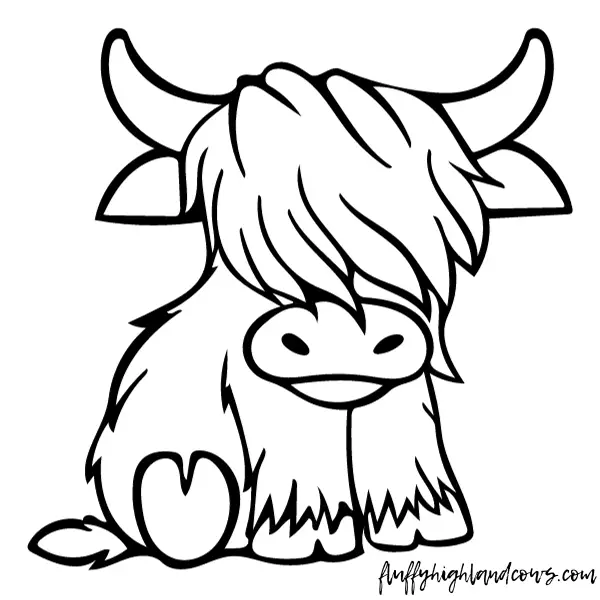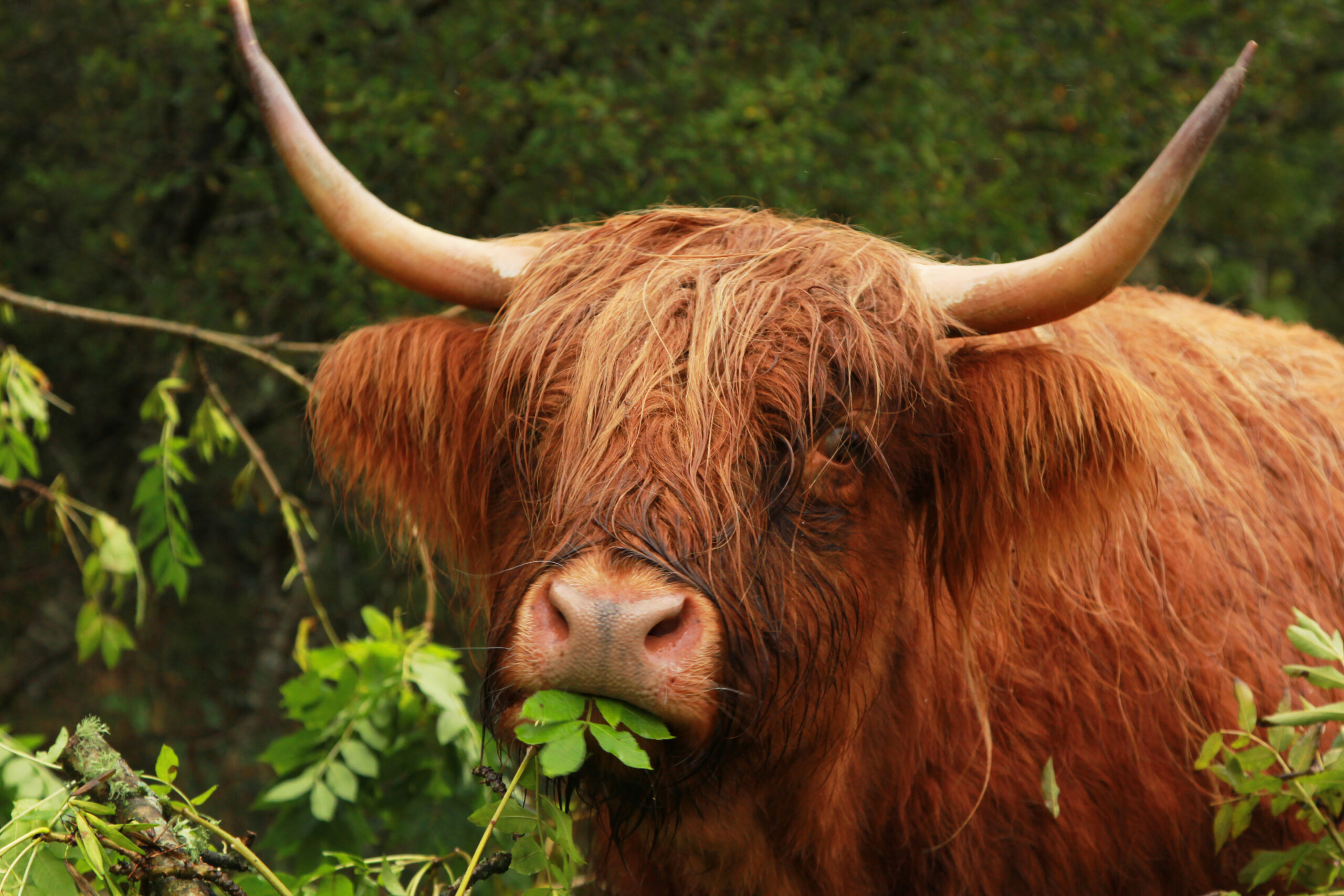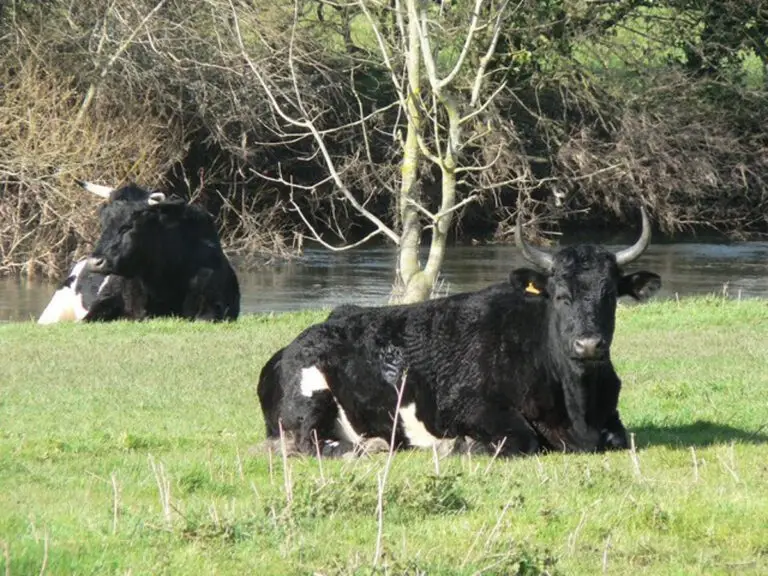The Multifaceted Benefits of Raising Highland Cattle
Highland cattle, with their distinctive long hair and majestic appearance, stand out not only for their beauty but also for their remarkable adaptability and utility.
Originating from the harsh environments of the Scottish Highlands, these cattle possess a suite of beneficial qualities that make them a superior choice for farmers and homesteaders alike.
Natural Insulation and Protection
The most striking feature of Highland cattle is their long, shaggy hair, which serves multiple purposes. In the winter, it provides essential insulation, keeping them warm in freezing temperatures. This natural coat also offers protection from dense brush and acts as a barrier against flies and other pests.
Interestingly, the hair adapts to seasonal changes, becoming shorter in summer and adjusting to warmer climates in the southern regions. Unlike other breeds, Highland cattle do not accumulate unnecessary fat, thanks to their efficient coat.
Versatile Foragers
Highland cattle exhibit exceptional foraging behavior, consuming a wide variety of vegetation that other cattle might ignore. From poison ivy and honeysuckle vines to cedar trees and even nightshade, these cattle efficiently clear brush and weeds, improving pasture quality.
Their ability to thrive on poor-quality forage makes them ideal for organic beef production and grass-fed systems, highlighting their environmental and economic benefits.
Robust Health and Easy Calving
Noted for their robust health, Highland cattle require minimal care, demonstrating a natural resistance to common bovine diseases. They are renowned for their easy calving, giving birth to small, fast-growing calves without human intervention.
Highland cows are attentive mothers, fiercely protective of their offspring, with the entire herd often rallying to defend calves against predators.
Premium Quality Beef
The meat of Highland cattle is lean yet well-marbled, consistently grading as premium quality. Studies in Scotland have indicated that Highland beef is lower in fat and cholesterol than chicken, making it a healthier choice.
Rich in iron and boasting a unique flavor, it’s no wonder that Highland beef is highly prized, even by the Queen of England, who reportedly prefers it over other beef.
Versatile Homestead Animals
Beyond their meat, Highland cattle offer a range of benefits for homesteads. Their milk, high in butterfat, is ideal for small-scale dairy production. The hides and hair of Highland cattle can be transformed into blankets, rugs, and yarn for sweaters, adding value to their rearing.
Additionally, their docile nature makes them suitable as oxen, further underscoring their versatility.
A Breed Steeped in History
Highland cattle are not only human-friendly and low-stress but also carry a rich history of coexistence with humans, dating back to ancient times. Records of the breed extend as far back as 1200 AD, with archaeological evidence reaching even further to 1200 BC.
In earlier times, Highland cows were brought into homes during winter, contributing warmth and ensuring their safety.
Conclusion
Highland cattle are indeed “easy keepers,” offering a unique combination of beauty, health benefits, and utility. Their ability to produce premium quality beef, coupled with their historical significance and versatility, makes them an invaluable asset to any farm or homestead.
Established in 1884, the Highland Cattle Herd Book registry underscores the breed’s longstanding value and commitment to preserving its remarkable qualities for future generations.








